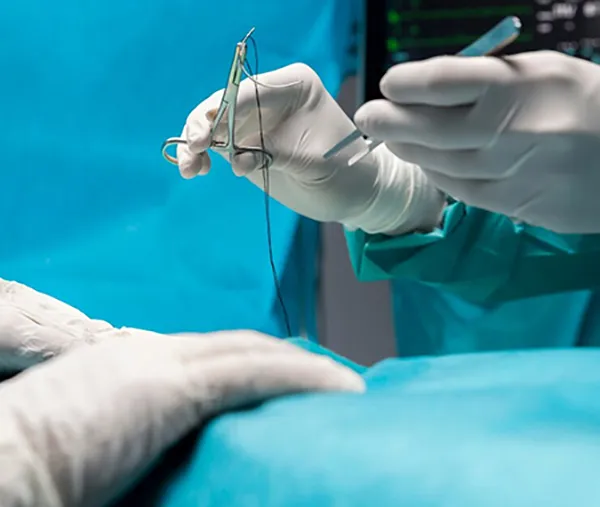Cesarean section (C-section) is a surgical procedure involving an incision in the abdomen to deliver the baby. It is commonly performed to address complications like difficult labor or fetal distress. The suturing process in C-section surgery includes multiple stages: uterine incision closure, suturing of the parietal peritoneum, abdominal muscle and fascia closure, and closure of subcutaneous fat and skin layers.
Due to the sensitive nature of the incision in gynecological Surgery, sutures other than those for the skin layer typically require the use of absorbable sutures. These sutures must maintain good tensile strength while providing effective antimicrobial properties to combat common pathogens associated with surgical site infections.

For suturing, silk sutures are commonly used due to their effectiveness in providing support and preventing suture breakage, which can impact wound healing. Post-C-section, abdominal bandages are typically recommended to help control bleeding and alleviate pain at the incision site.
Our PGA and PGLA antibacterial sutures are sterile, synthetic, and absorbable, containing the broad-spectrum antimicrobial agent triclosan. We recommend using coated PGLA Plus sutures for suturing the peritoneum, fascia, subcutaneous fat, skin, and subdermal layers.
Polydioxanone suture (PDO) sutures consist of a high-quality stainless steel needle and a monofilament synthetic absorbable suture made from poly (p-dioxanone). The suture material provides high strength and long-lasting tensile resistance, making it suitable for extended tissue support.

Talk or write to our experts to find your wound closure solutions.